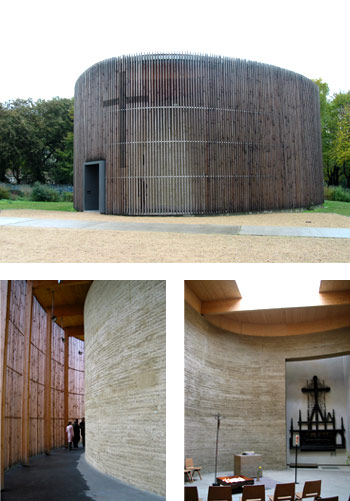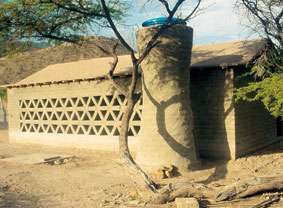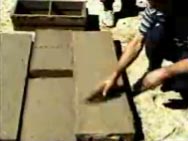
The Chapel of Reconciliation is both Germany’s first public rammed earth building in over 150 years as well as the first rammed earth German church. The building was built on the site of the former Church of Reconciliation, which was built in 1894 and was later destroyed, as it was surrounded by the wall dividing east and west Germany. The rammed earth walls in the new church are made using clay mixed with the ground up remains of the former church. The building was designed by architects Rudolf Reiterman and Peter Sassenrath and constructed with help from Austrian rammed earth expert Martin Rauch.



